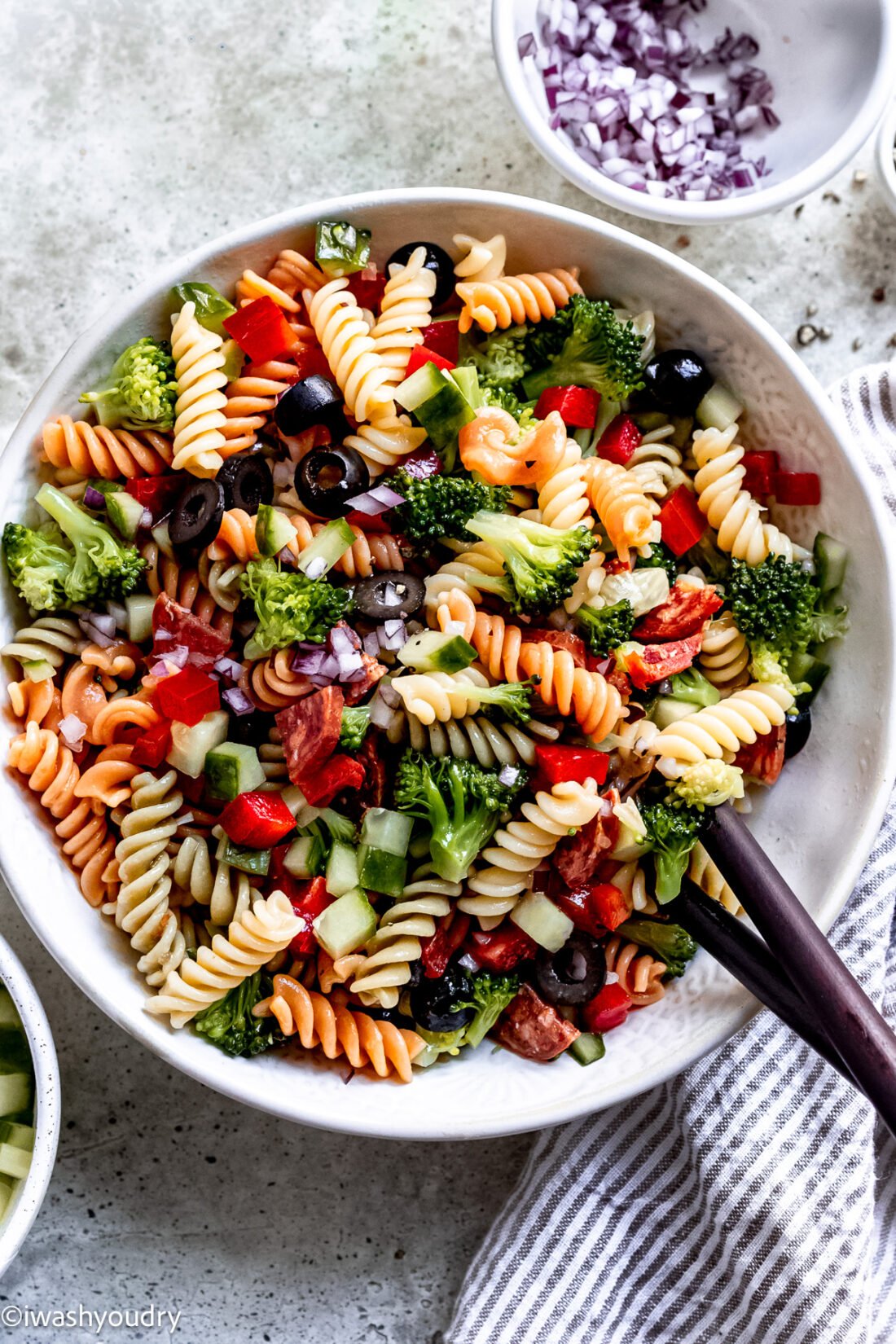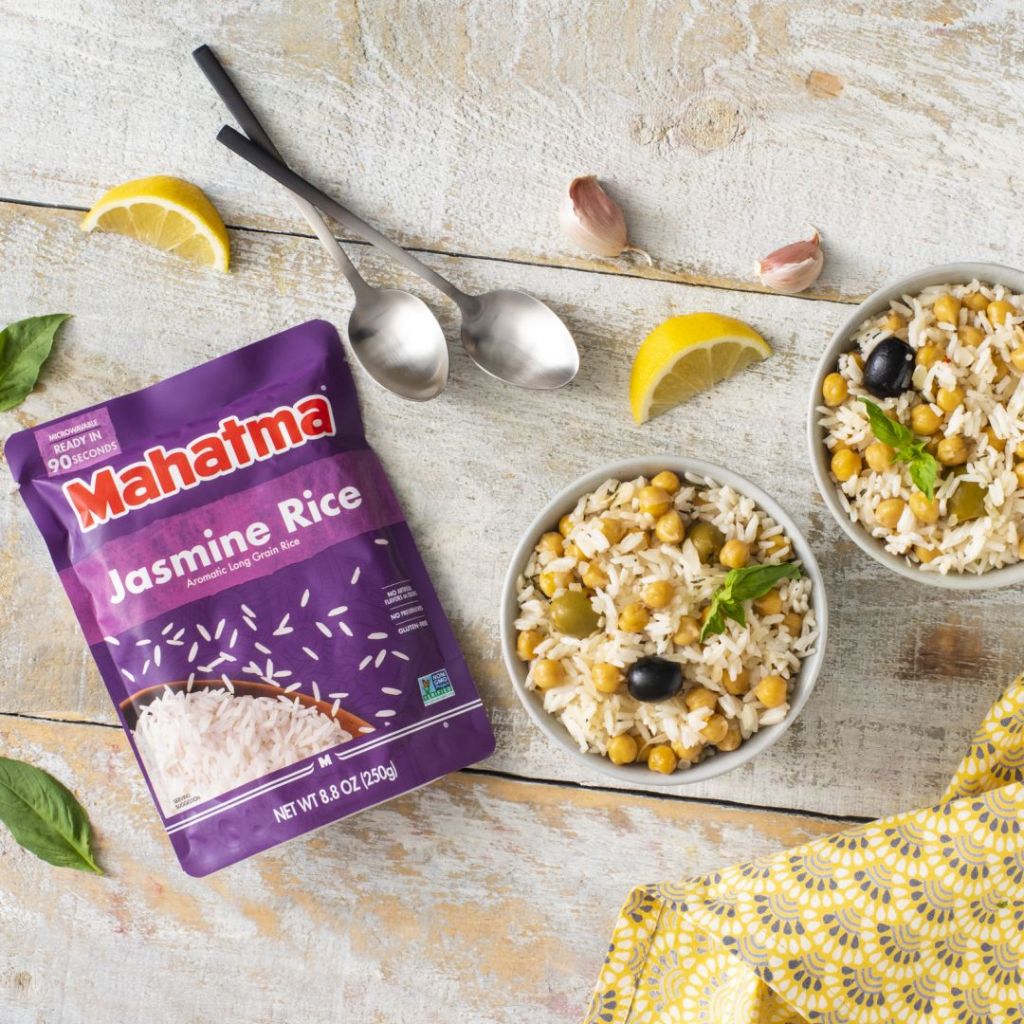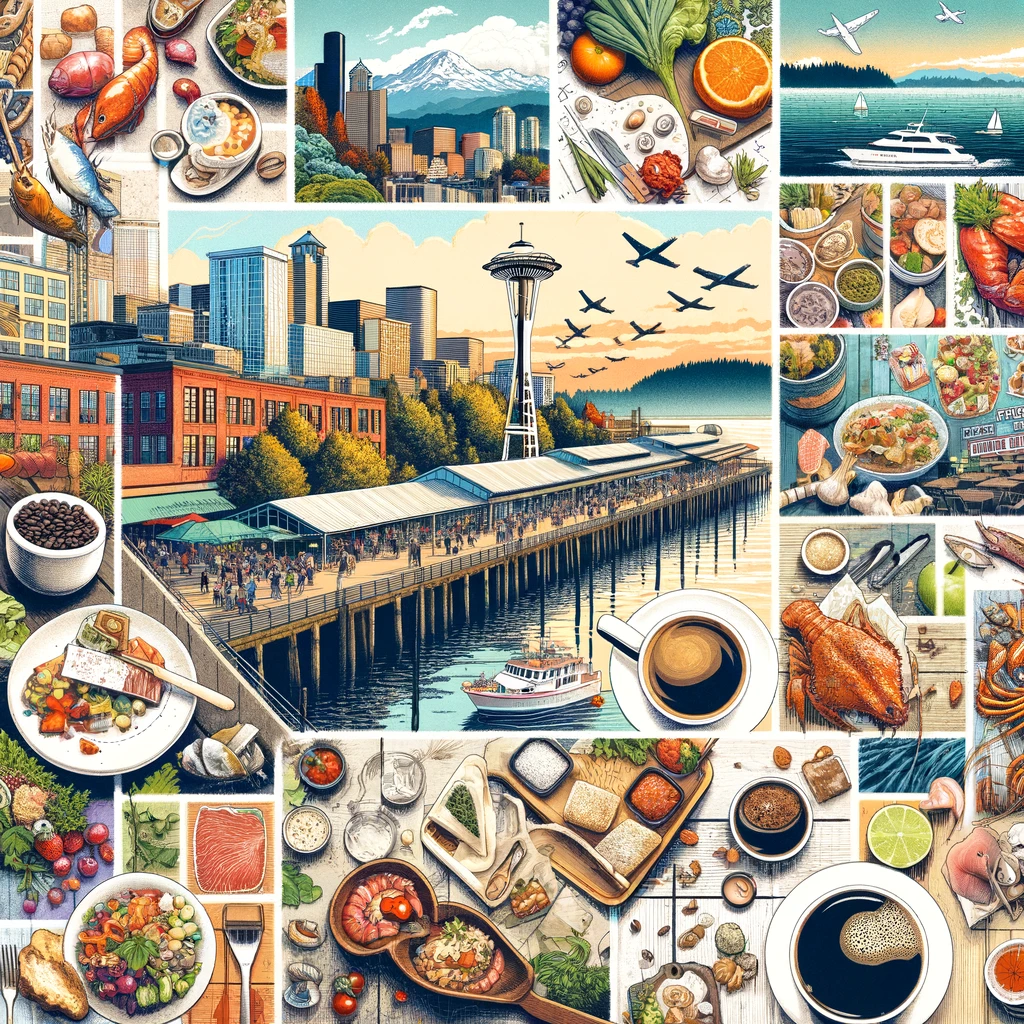Creative Ways to Use Leftover Ingredients


Creative Ideas for Using Leftover Ingredients
Hey there! Do you find yourself with leftover ingredients after cooking a meal? Don't let them go to waste! With a little creativity, you can transform those leftovers into delicious new dishes. Here are some ideas to get you started:
1. Transforming Stale Bread
Bread pudding with leftover bread: Instead of tossing out stale bread, why not turn it into a decadent dessert? Bread pudding is a classic recipe that can be made with a variety of flavors and toppings.
Homemade croutons for salads: Give your salads an extra crunch by making your own croutons with leftover bread. Simply cut the bread into cubes, toss with olive oil and your favorite seasonings, then bake until crispy.
Bread crumbs for breading or topping casseroles: Don't throw away those bread crusts! Grind them up in a food processor to create homemade bread crumbs. Use them for breading chicken or fish, or sprinkle them on top of casseroles for a crispy finish.
2. Repurposing Cooked Vegetables
Vegetable frittata or omelette: Leftover cooked vegetables are perfect for making a hearty frittata or omelette. Simply whisk some eggs, add your veggies, and cook until set. It's a delicious way to start your day!
Veggie stir-fry or fried rice: Give your leftover vegetables new life by stir-frying them with some soy sauce and your favorite seasonings. Add cooked rice for a quick and satisfying meal.
Pureed vegetable soup or sauce: If you have a variety of cooked vegetables, blend them together with some broth or cream to create a flavorful soup or sauce. It's a great way to pack in the nutrients!
3. Making the Most of Overripe Fruit
Fruit smoothies or smoothie bowls: Overripe fruit is perfect for blending into refreshing smoothies or creating beautiful smoothie bowls. Add some yogurt, milk, and your favorite toppings for a nutritious treat.
Homemade fruit jam or compote: Don't let overripe fruit go to waste! Cook it down with some sugar to create a delicious homemade jam or compote. Spread it on toast, pancakes, or use it as a topping for yogurt and ice cream.
Baked fruit desserts like pies or crisps: Overripe fruit is ideal for baking. Make a classic fruit pie or crisp by combining the fruit with some sugar, flour, and butter. Top with a crumbly oat mixture and bake until golden and bubbly.
4. Utilizing Leftover Meats
Stir-frying leftover meats with vegetables: Leftover meats, such as chicken or beef, can be transformed into a quick and flavorful stir-fry. Add in some veggies, soy sauce, and your favorite seasonings for a satisfying meal.
So, next time you find yourself with leftover ingredients, don't let them go to waste! Get creative and try one of these ideas to make the most out of your leftovers. Happy cooking!

Tips for Storing Leftover Ingredients
1. Properly storing cooked leftovers in airtight containers
When you have leftover ingredients from a meal, it's important to store them properly to maintain their freshness and prevent spoilage. One of the best ways to do this is by using airtight containers. These containers create a seal that keeps air out, helping to preserve the quality of your leftover ingredients.
Here are a few tips for storing cooked leftovers in airtight containers:
- Allow the food to cool down before transferring it to the container. This helps to prevent condensation and helps maintain its texture and flavor.
- Fill the container to the top, minimizing the amount of air inside. This helps to prevent oxidation and extends the shelf life.
- Label the container with the name of the dish and the date it was prepared. This will help you keep track of how long the leftovers have been stored and avoid consuming anything past its prime.
2. Labeling and dating leftovers for easier identification
Labeling and dating your leftover ingredients can make your life a lot easier. It helps you quickly identify what's inside each container and ensures you use them within a reasonable timeframe.
Here are some tips for labeling and dating your leftovers:
- Use masking tape and a marker to write the name of the dish and the date it was prepared on the container. Alternatively, you can use sticky labels.
- Place the label on the lid or side of the container where it's easily visible.
- When adding new leftovers to your fridge or freezer, rotate the containers so the older ones are at the front. This will help you use them up before they expire.
By following these tips, you'll be able to make the most of your leftover ingredients and reduce food waste. Not only will this save you money, but it's also better for the environment.
Remember, when in doubt, use your senses to determine if leftovers are still good to eat. If they smell off or have an odd texture, it's best to err on the side of caution and dispose of them.
Conclusion
Storing leftover ingredients properly is essential for maintaining their freshness and quality. By using airtight containers and labeling them with the date, you can easily identify and use up your leftover ingredients before they expire. This not only helps to reduce food waste but also saves you money. So the next time you have leftovers, remember these tips to make the most out of your ingredients.

Recipe Ideas for Using Leftovers
1. Easy Leftover Pasta Salad
Don't let that extra bowl of pasta sitting in the fridge go to waste! Transform it into a delicious pasta salad that's perfect for a quick and easy lunch or dinner. Here's how:
- Start by chopping up some fresh vegetables like bell peppers, tomatoes, cucumbers, and onions.
- In a separate bowl, whisk together some olive oil, vinegar, salt, and pepper to make a simple dressing.
- Toss the cooked pasta with the chopped vegetables and dressing until everything is well coated.
- You can also add in some leftover cooked chicken, ham, or cheese for added flavor and protein.
- Chill the pasta salad in the fridge for at least an hour to let the flavors meld together.
- Serve it as a refreshing and satisfying meal on its own, or as a side dish to accompany grilled meats or sandwiches.
2. Asian-inspired Fried Rice with Various Leftovers
Leftover rice is the perfect base for a quick and flavorful fried rice dish. Raid your refrigerator for any leftover cooked meats, vegetables, or even seafood, and follow these steps:
- Heat some oil in a large skillet or wok over medium heat.
- Add in diced onions, garlic, and any other aromatics you have on hand, like ginger or chili peppers.
- Stir-fry the onions and aromatics until they become fragrant and slightly softened.
- Toss in your cooked rice and break up any clumps with a spatula, ensuring that it's evenly coated with the aromatics.
- Add in your leftover meats, vegetables, or seafood, and continue stir-frying until everything is heated through.
- Make a quick sauce by combining soy sauce, oyster sauce, and a splash of sesame oil, and pour it over the rice mixture. Stir well to distribute the flavors.
- Push the fried rice to one side of the skillet and make a well in the center. Crack in a couple of eggs and scramble them until they're just cooked. Then mix the scrambled eggs with the rice.
- Serve your homemade fried rice hot, garnished with some sliced green onions or a sprinkle of sesame seeds.
With these simple recipes, you can turn your leftovers into delicious and satisfying meals in no time. So next time you find yourself with extra ingredients sitting in your fridge, get creative and see what tasty creations you can come up with!

Conclusion
Next time you find yourself with leftover ingredients in your pantry or fridge, don't let them go to waste! By getting creative and utilizing these simple tips and tricks, you can transform those leftovers into delicious and satisfying meals. Remember to plan your meals ahead, store leftovers properly, and experiment with different flavor combinations to keep things interesting. And don't forget to get the whole family involved – cooking with leftovers can be a fun and educational experience for everyone.
So go ahead, open up your fridge, take a look at those leftovers, and let your culinary imagination run wild. You'll be amazed at the mouthwatering meals you can create with a little bit of creativity and resourcefulness. Happy cooking!
Frequently Asked Questions
Q: Can I freeze leftover ingredients?
A: Absolutely! Freezing is a great way to prolong the shelf life of leftover ingredients. Just make sure to store them in airtight containers or freezer bags to prevent freezer burn.
Q: Can I mix different leftover ingredients?
A: Of course! Mixing different leftover ingredients is a wonderful way to create new flavor profiles and experiment with unique combinations. Don't be afraid to think outside the box and try out new and exciting recipes.
Q: How long can I keep leftovers in the fridge?A: It is generally safe to consume leftovers within 3-4 days if they have been stored properly in the fridge. However, if you notice any signs of spoilage such as a strange odor or unusual texture, it's best to err on the side of caution and discard them.
Q: Is it safe to reheat leftover ingredients?A: Yes, as long as leftovers are heated thoroughly to kill any potential bacteria. Make sure to heat them at a high enough temperature and maintain that heat for a sufficient amount of time.
Q: Are there any leftovers that cannot be reused?A: There are some leftovers that may not be suitable for reuse, such as those that have been contaminated or spoiled. It's important to use your judgment and trust your senses – if something doesn't look, smell, or taste right, it's best to discard it.



